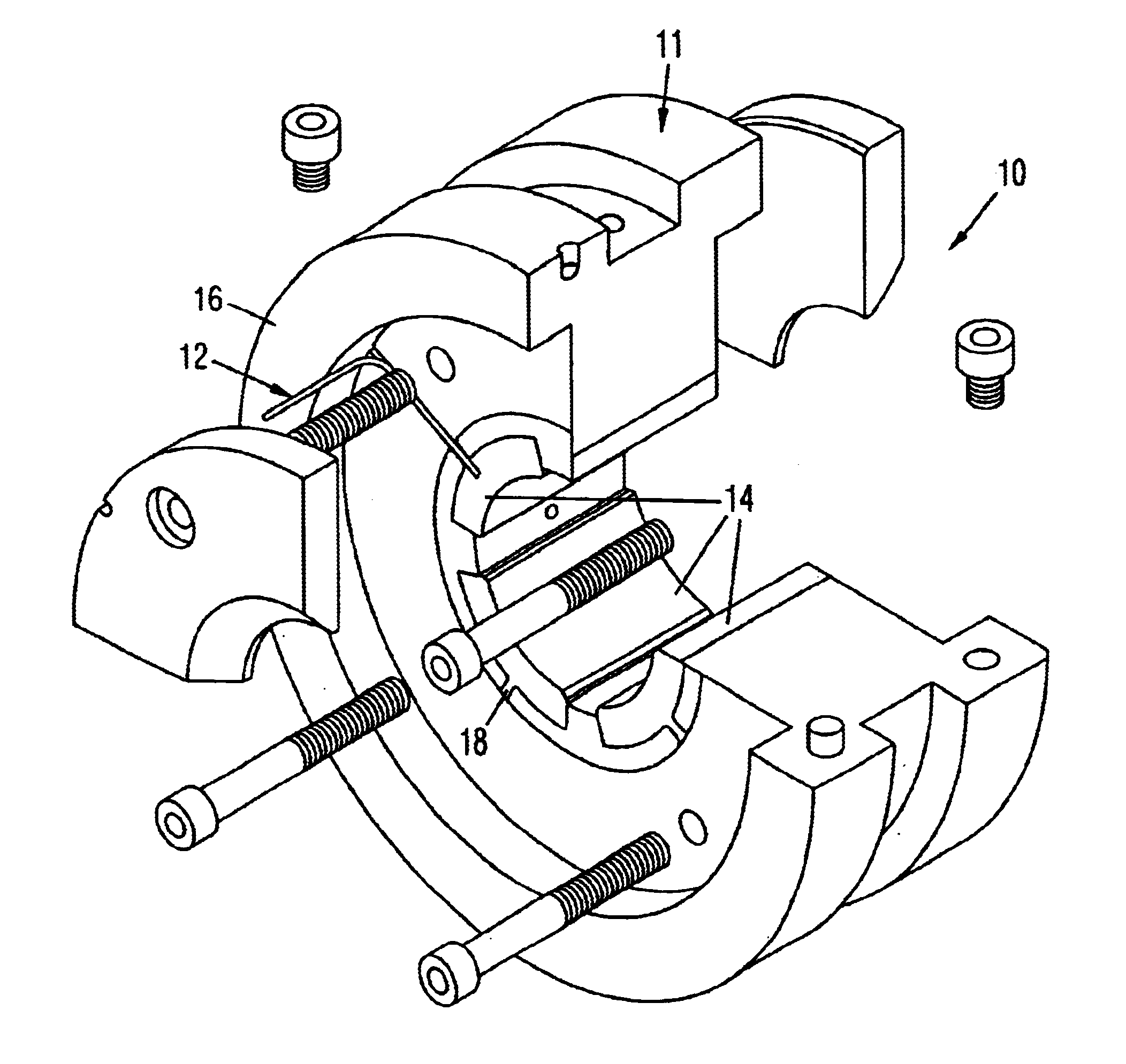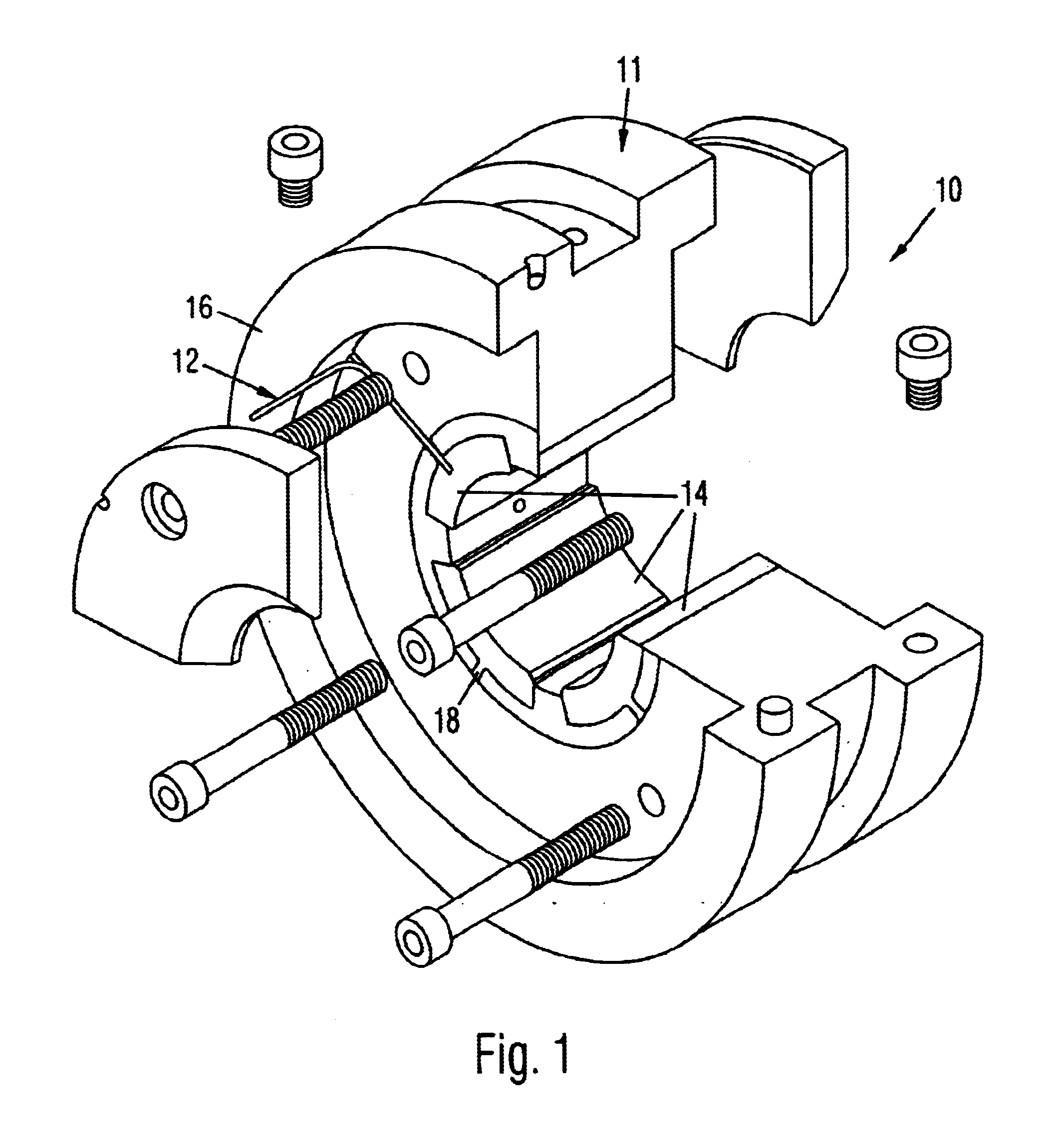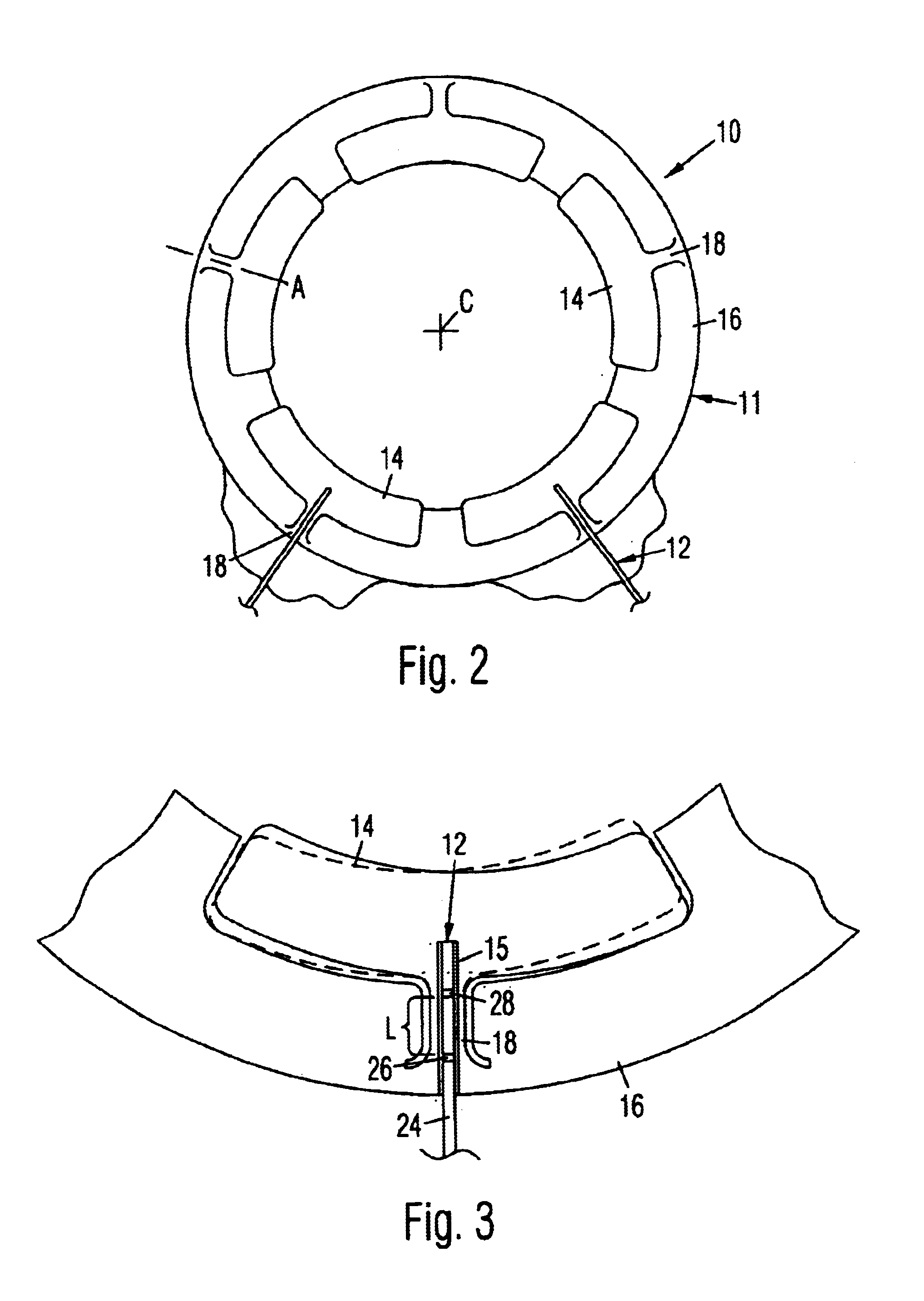Hydrodynamic bearings having strain sensors
a technology of strain sensor and bearing, which is applied in the direction of force measurement by measuring optical property variation, simultaneous indication of multiple variables, and apparatus for force/torque/work measurement, etc. it can solve the problems of bearing bearing bearing bearing dynamic load, bearing wear, and bearing bearing bearing bearing bearing bearing bearing bearing bearing bearing bearing bearing bearing bearing bearing bearing bearing bearing bearing bearing bearing bearing bearing bearing bearing bearing bearing bearing bearing bearing bearing bearing bearing bearing bearing bearing bearing bearing bearing bearing bearing bearing bearing bearing bearing bearing bearing bearing bearing bearing bearing bearing
- Summary
- Abstract
- Description
- Claims
- Application Information
AI Technical Summary
Benefits of technology
Problems solved by technology
Method used
Image
Examples
working example
The following example was performed by utilizing an FFPI sensor fitted into a 2.5 inch, four (4) pad, ball-in-socket bearing of the type illustrated in FIGS. 4-6 and described herein. Specifically, the FFPI sensor was inserted into the bolt securing the ball to the housing, thus ensuring that the load was transmitted from the pivot to the bolt and sensor. A test rig (not shown) having a three-disk rotor characteristic of many industrial machines capable of running up to 10,000 rpm was utilized with the bearing assembly. Two forward critical speeds existed for the rotor-bearing test system. Charts showing the load vs. voltage calibration curve, measured dynamic load and computed dynamic load for this example are shown in FIGS. 10-12. FIGS. 13 and 14 illustrate the measured displacement and calculated displacement for the same 2.5 inch, four (4) pad, ball-in-socket bearing utilizing standard 200 mV / mil proximity probes utilized throughout the industry and available from suppliers such...
PUM
| Property | Measurement | Unit |
|---|---|---|
| output voltage | aaaaa | aaaaa |
| electrical voltage | aaaaa | aaaaa |
| tension | aaaaa | aaaaa |
Abstract
Description
Claims
Application Information
 Login to View More
Login to View More - R&D
- Intellectual Property
- Life Sciences
- Materials
- Tech Scout
- Unparalleled Data Quality
- Higher Quality Content
- 60% Fewer Hallucinations
Browse by: Latest US Patents, China's latest patents, Technical Efficacy Thesaurus, Application Domain, Technology Topic, Popular Technical Reports.
© 2025 PatSnap. All rights reserved.Legal|Privacy policy|Modern Slavery Act Transparency Statement|Sitemap|About US| Contact US: help@patsnap.com



